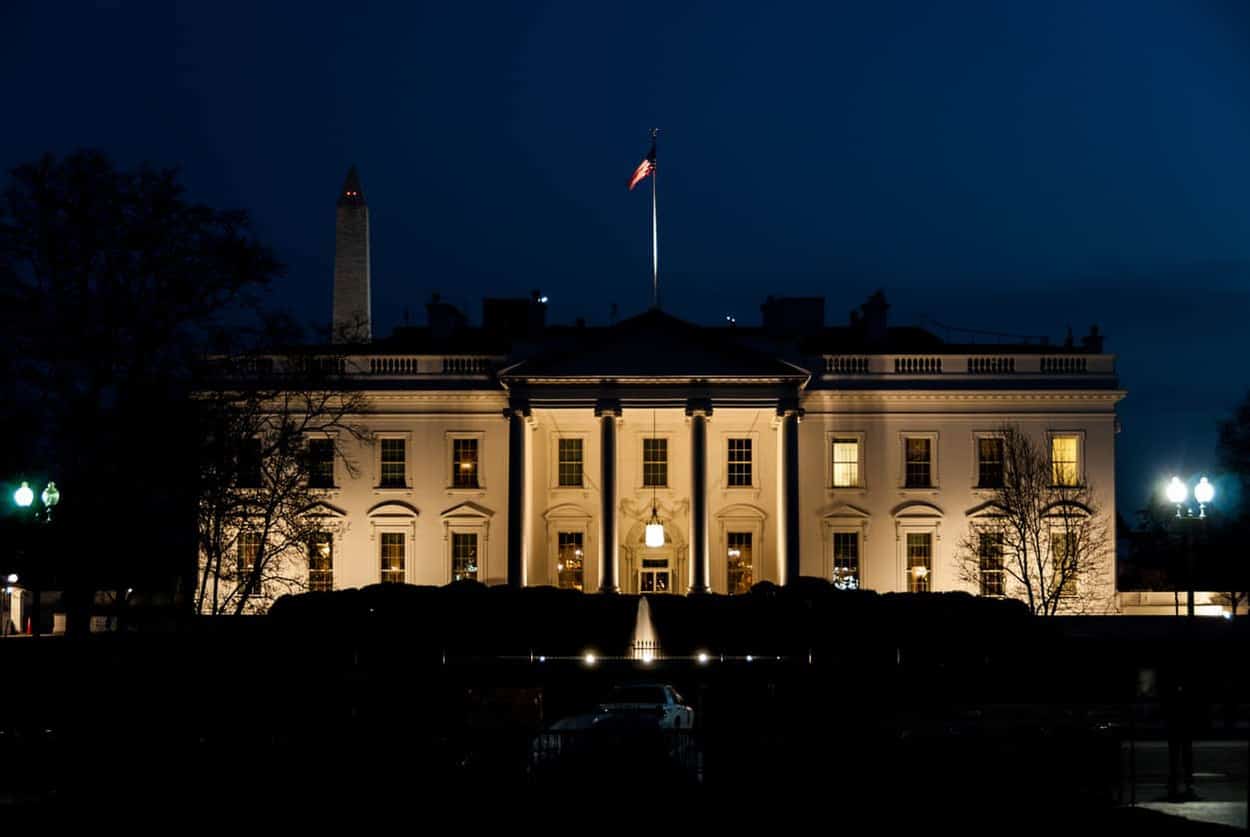
CARES Act Paycheck Protection Program 7(a) Loans – What You Need to Know
Disclaimer: This information was correct at the time of publication; however, new guidance from government agencies may be issued at any time, causing some or all of this information to change. Please visit our COVID-19 Business Strategy Hub for the latest news and ensure you are subscribed here to receive email alerts as they are released. We are working diligently to provide the most current information as it becomes available under our COVID-19 Actionable Insights For Businesses Series.
The CARES Act expands the ways the Small Business Administration (SBA) can help small businesses remain open and meet payroll. The law expands the allowable use of the so-called “Section 7(a)” or “PPP loans” funds to include payroll support, including paid leave, mortgage payments, insurance premiums and debt obligations, and waives many of the usual requirements, such as collateral and personal guarantees. Moreover, if employers maintain their payrolls for eight weeks after the loan origination, the portion of the loan applied to payroll, mortgage interest, rent and utilities will be forgiven.
To qualify, businesses generally must have 500 or fewer employees and have been operational on February 15, 2020. However, as expected, it isn’t simple. There are caveats and guidelines, and, with that, many unanswered questions. Below we breakdown the your most pressing questions and provide answers so you can take advantage of this opportunity if your business qualifies.
#1: Who is eligible for the CARES 7(a) loans?
- Small business concerns as defined by the SBA guidelines
- Companies with fewer than 500 employees
- Exceptions to the 500-employee standard and affiliation rules:
- Businesses in the Accommodations and Food Services industry (NAICS code starting with 72) and with no more than 500 employees per physical location.
- Franchisees assigned a SBA Franchise Identifier code.
- Affiliated businesses owned in whole or substantial part by investment companies licensed, or development companies qualifying, under the Small Business Investment Act of 1958.
- Exceptions to the 500-employee standard and affiliation rules:
- Sole Proprietors or Independent Contractors
#2: How do I calculate the CARES 7(a) maximum loan amount under the Paycheck Protection Program?
- Lesser of:
- 2.5 times the average monthly “payroll costs” over the last 12 months, plus the outstanding balance of Economic Injury Disaster Loan (EIDL) loans made after January 31, 2020, or
- $10,000,000
- “Payroll costs” are defined as salary, wage, commission, or similar compensation; payment of cash tip or equivalent; payment for vacation, parental, family, medical, or sick leave; allowance for dismissal or separation; payment required for the provisions of group health care benefits, including insurance premiums; payment of any retirement benefit; or payment of state or local tax assessed on the compensation of employees;
- “Payroll costs” are limited to a maximum of $100,000 annualized salary per employee;
- “Payroll costs” will not include payroll paid on which a payroll tax credit was received under the FFCRA (no double dipping).
#3: What are the allowable uses of CARES 7(a) loans during the covered period?
- For purposes of the allowable uses section, “covered period” is February 15, 2020, through June 30, 2020.
- Allowable uses of the 7(a) loan proceeds during the covered period are:
- Payroll costs;
- Costs related to the continuation of group health care benefits during periods of paid sick, medical, or family leave, and insurance premiums;
- Employee salaries, commissions, or similar compensations;
- Payments of interest on any mortgage obligation (which shall not include any prepayment of or payment of principal on a mortgage obligation);
- Rent (including rent under a lease agreement);
- Utilities; and
- Interest on any other debt obligations that were incurred before the covered period
#4: What are the key attributes of CARES 7(a) loans?
- The loans have no personal guarantees.
- The loans have no requirement for collateral.
- No recourse for anyone unless the loan proceeds are used for non-allowed costs.
- The loans are fully backed by the Small Business Administration (SBA).
- Some or all of the loan may be forgiven (application process).
- The non-forgiven portion of the loan may be repaid over a period up to 10 years with an interest rate not exceeding 4%.
- Loan payments are deferred for a period of 6 months to one year.
- There are no prepayment penalties.
- The amount of the 7(a) loan forgiveness is not taxable at the federal level.
#5: How do I obtain a CARES 7(a) loan?
- Any FDIC-approved institution should be able to make the loans, so call your banker to start the process.
- An eligible recipient applying for a 7(a) loan shall make a good faith certification —
- that the uncertainty of current economic conditions makes necessary the loan request to support the ongoing operations of the eligible recipient;
- acknowledging that funds will be used to retain workers and maintain payroll or make mortgage payments, lease payments, and utility payments;
- that there are no duplicate loan applications pending for the same purpose as the 7(a) loan.
#6: How much of the CARES 7(a) loan can be forgiven?
- Up to 100% of the principal of the loan can be forgiven (may still need to pay the interest).
- For purposes of the loan forgiveness provision, the term “covered period” is the 8-week period beginning from the date of origination of the 7(a) loan.
- An eligible recipient shall be eligible for forgiveness of indebtedness on a 7(a) loan in an amount equal to the sum of the following costs incurred and payments made during the 8-week covered period:
- Payroll costs
- Any payment of interest on any covered mortgage obligation (which shall not include any prepayment of or payment of principal on a mortgage obligation) – debt must exist before February 15, 2020 (seems to include both real and personal property)
- Any payment on any covered rent obligation – for leases existing before February 15, 2020 (may include any lease obligation)
- Any covered utility payment – for services existing before February 15, 2020
#7: What causes a reduction in the amount of the CARES 7(a) loan to be forgiven?
- Amounts forgiven will be reduced proportionately for any reduction in FTEs during the 8-week period compared to, at the election of the borrower, one of the following:
- The average monthly FTEs for the period February 15, 2019 through June 30, 2019, or
- The average monthly FTEs for the period January 1, 2020 through February 29, 2020.
- Amounts forgiven will be reduced by an amount equal to any reduction in pay in excess of 25% of prior quarter before the 8-week period for each employee with annualized wages of less than $100,000.
- If, by June 30, 2020, you rehire employees already laid off and restore pay to those employees that had salary reductions, you still qualify and will not be penalized for having reduced payroll.
#8: How do I receive the CARES 7(a) loan forgiveness?
- You must submit to the lender that is servicing your 7(a) loan a loan forgiveness application.
- The application must include the following:
- Documentation verifying the number of full-time equivalent employees on payroll and pay rates for the 8-week period (attach federal and state payroll tax returns)
- Documentation, including cancelled checks, payment receipts, transcripts of accounts, or other documents verifying payments on mortgage obligations, payments on covered lease obligations, and covered utility payments;
- A certification from a representative of the eligible recipient authorized to make such certifications that
- the documentation presented is true and correct; and
- the amount for which forgiveness is requested was used to retain employees, make interest payments on a mortgage obligation, make payments on a covered rent obligation, or make covered utility payments; and
- Any other documentation the Administrator determines necessary.
#9: What do I do if I need help?
We understand this is a lot of information, and we are here to make the process easier on you and your business during this difficult time.
The Moore Colson team can assist you and your team with the following:
- Calculate the 7(a) loan amount
- Help your business apply for the 7(a) loan
- Calculate the forgiveness amount
- Help with the forgiveness application
- Help with short and long-term cash flow projections
- Help calculate the credits under FFCRA and CARES Act
Additionally, we will continue to provide you with practical advice and insights on how to minimize the impact of this crisis, take advantage of all assistance available and better position your business for a quick rebound. Please click here to contact us or call us at 770-989-0028 if you need help.

Bert Mills, CPA, is the Managing Partner at Moore Colson. In his role, Bert sets the vision and mission of the Firm and works closely with the Firm's leadership to drive and implement strategies.

Chris Tierney, CTP, CFE, is a Partner and the Group Leader for Moore Colson’s Consulting Practice. Chris has over 32 years of experience in providing financial, operational and strategic management, analysis, and advice to domestic and international companies and their stakeholders.

Andy Starnes, CPA, is a Partner and Tax Services Practice Leader Moore Colson. Andy’s specialties include corporate tax compliance and planning, business consulting, and multi-generational planning with a focus on the construction, professional services and staffing industries.

Tyler Wright, CPA/ABV/CFF, CFE, is a Director in the firm’s Consulting Practice. Drawing on 15 years of experience as an external auditor, internal auditor, and forensic accountant, Tyler provides accounting and financial advice in forensic investigations and commercial disputes.
